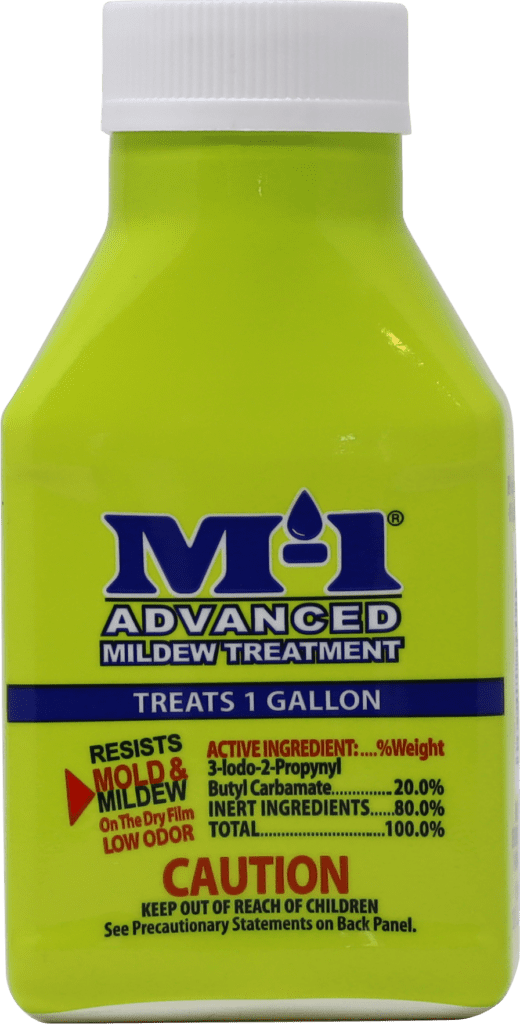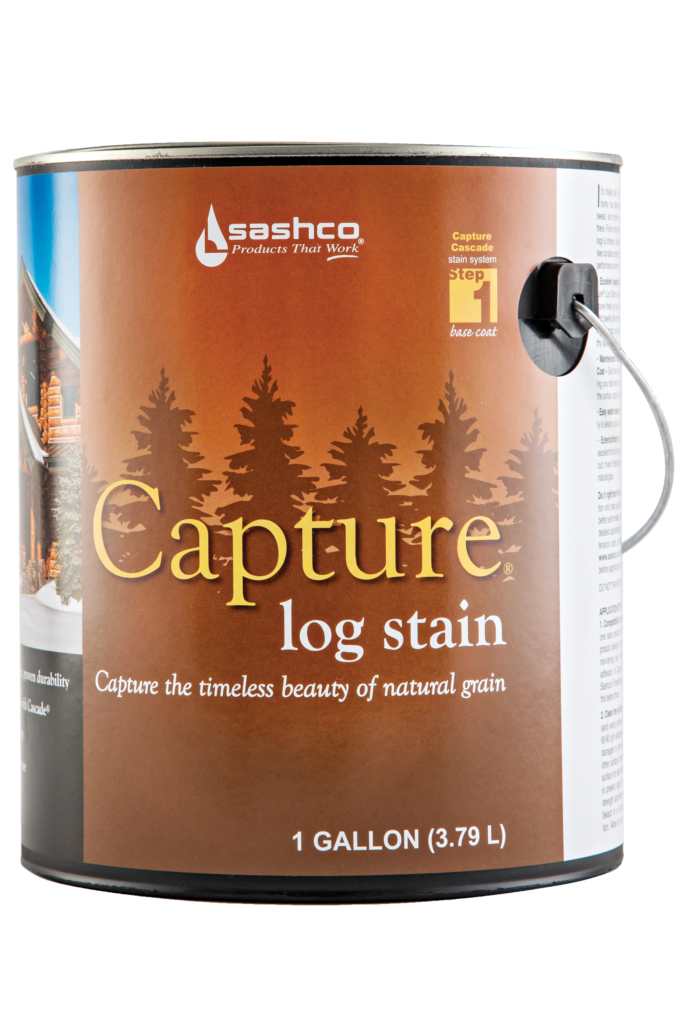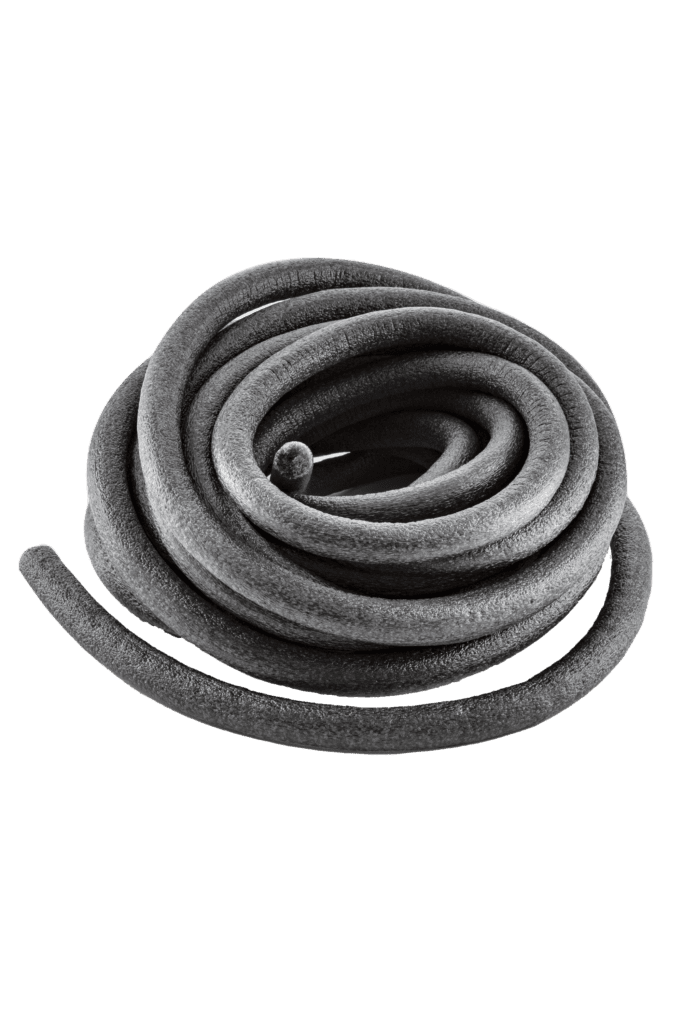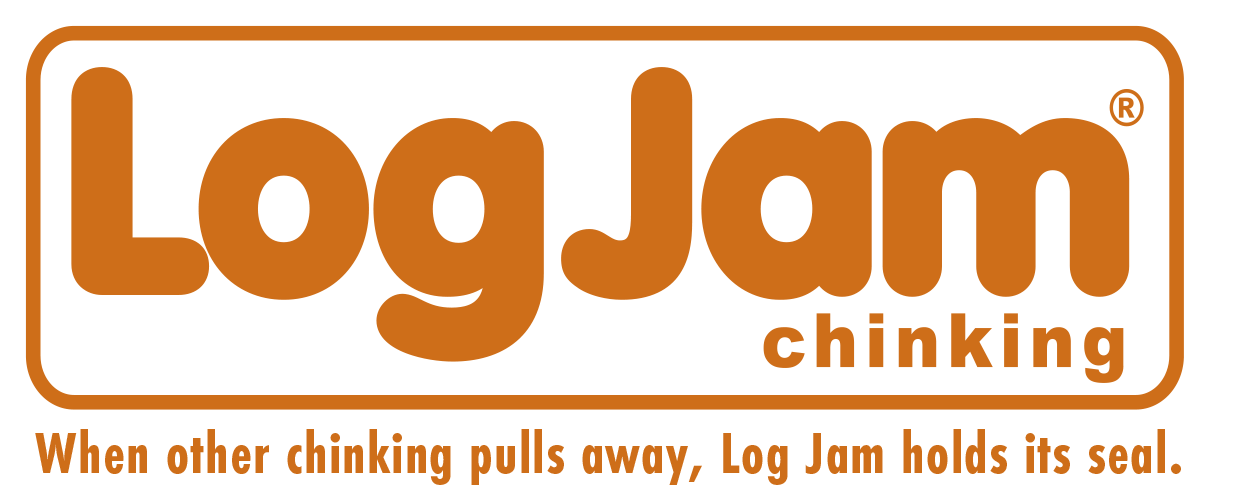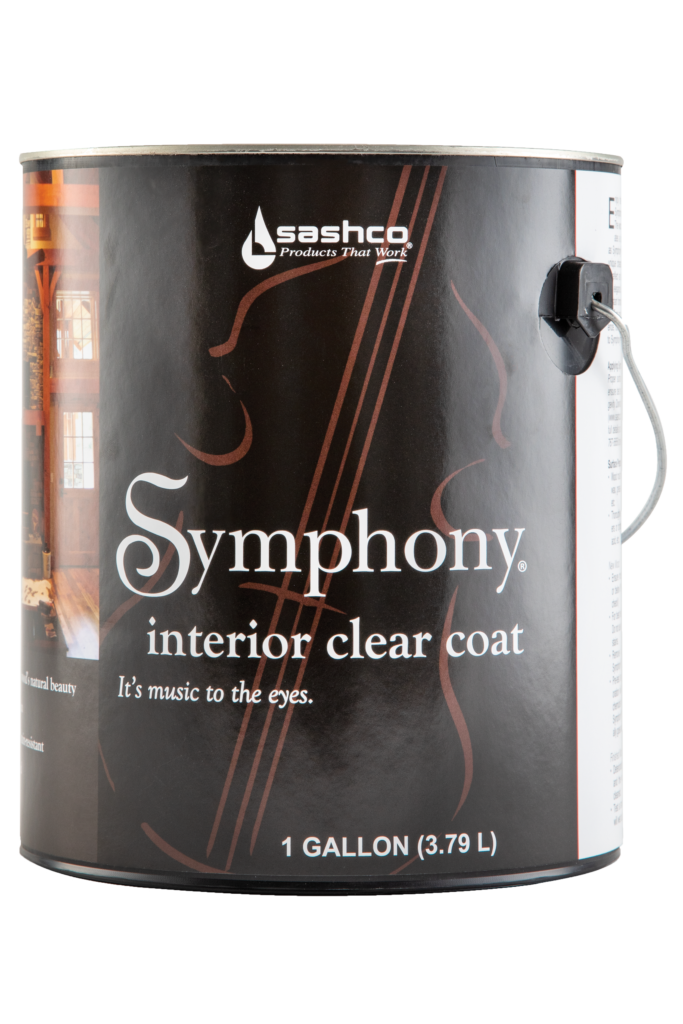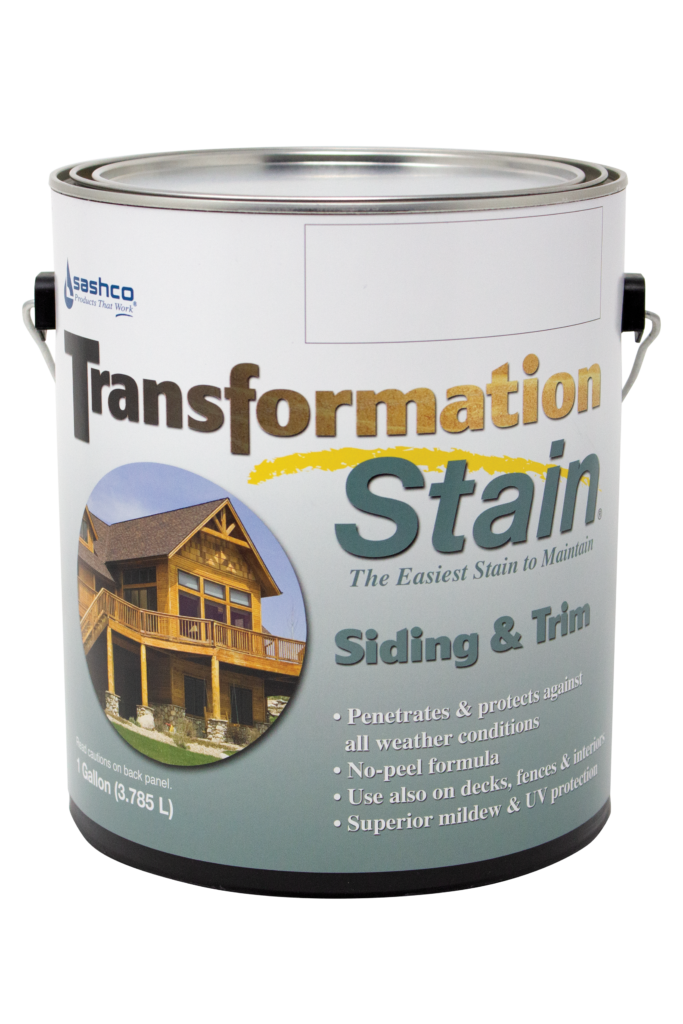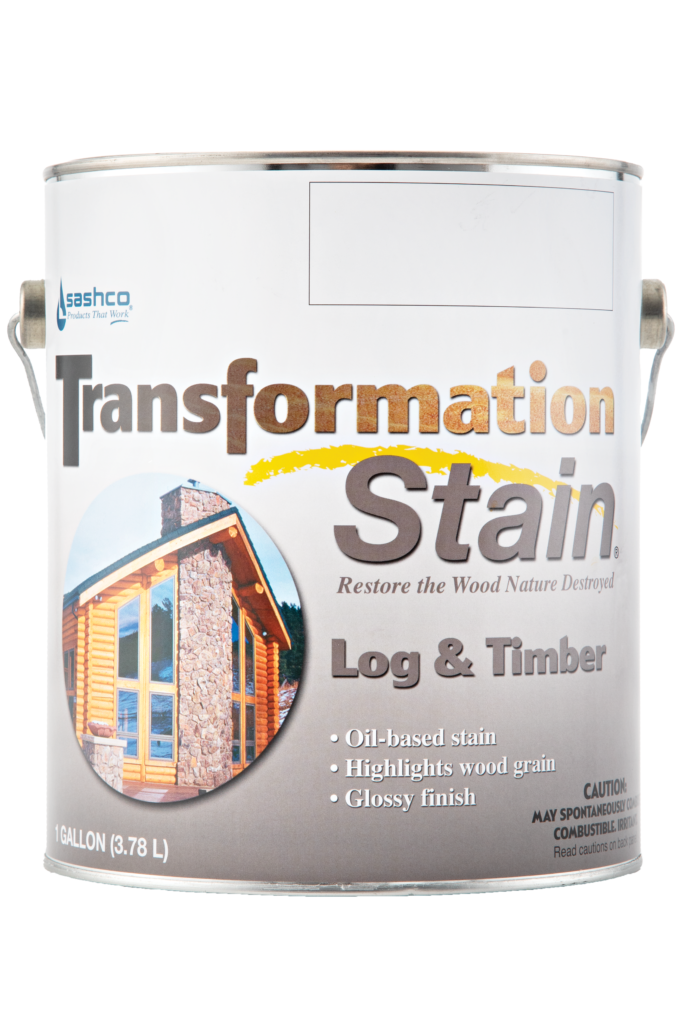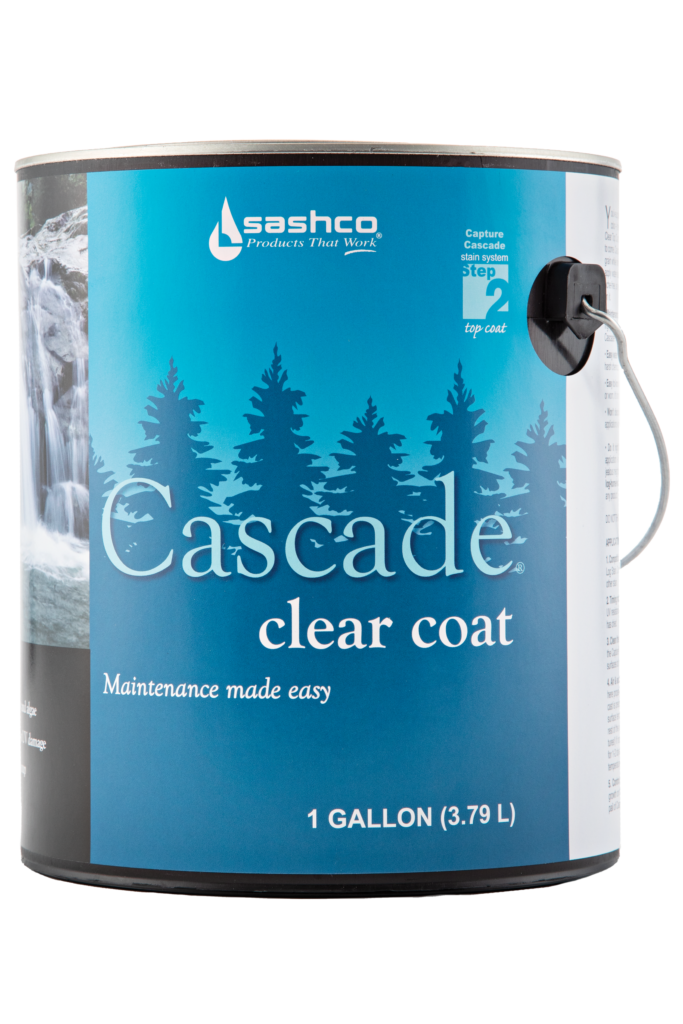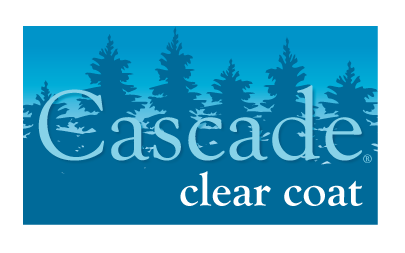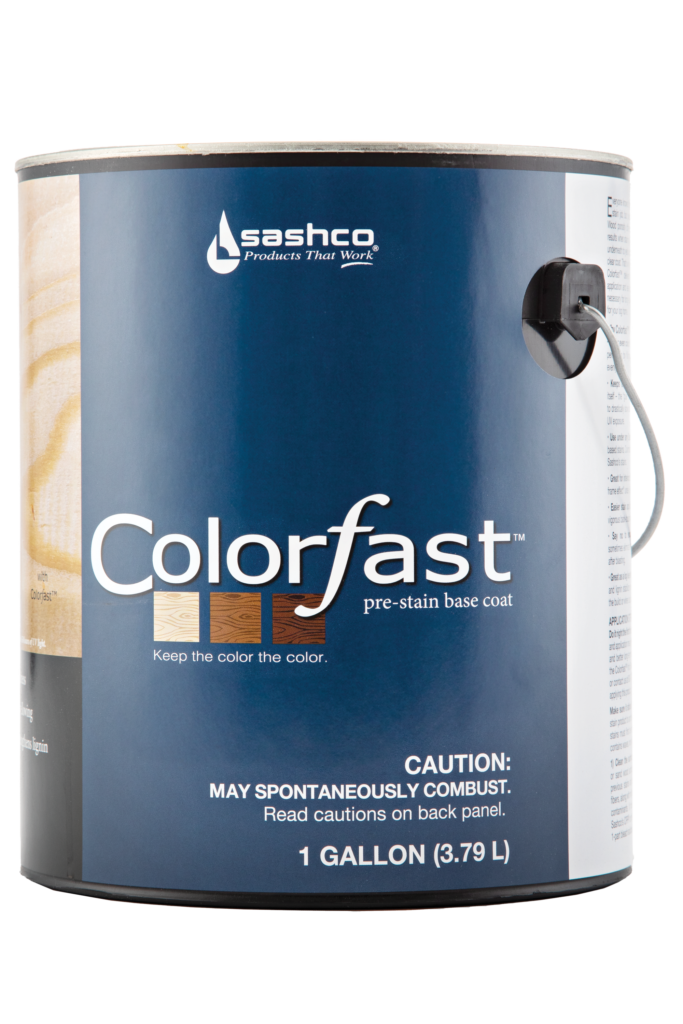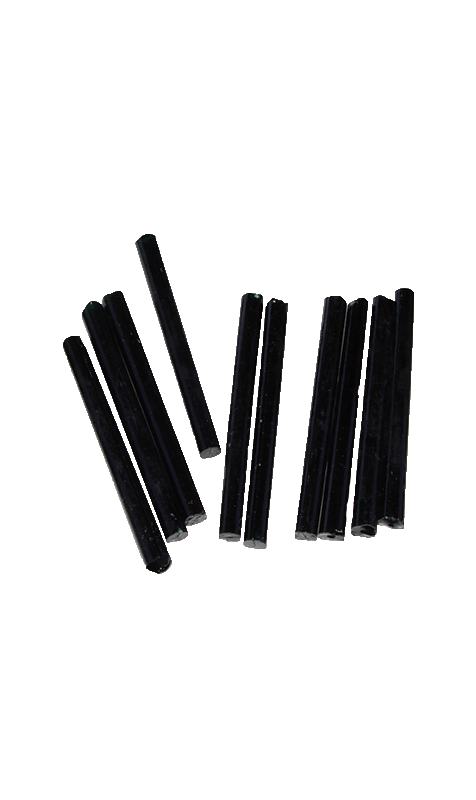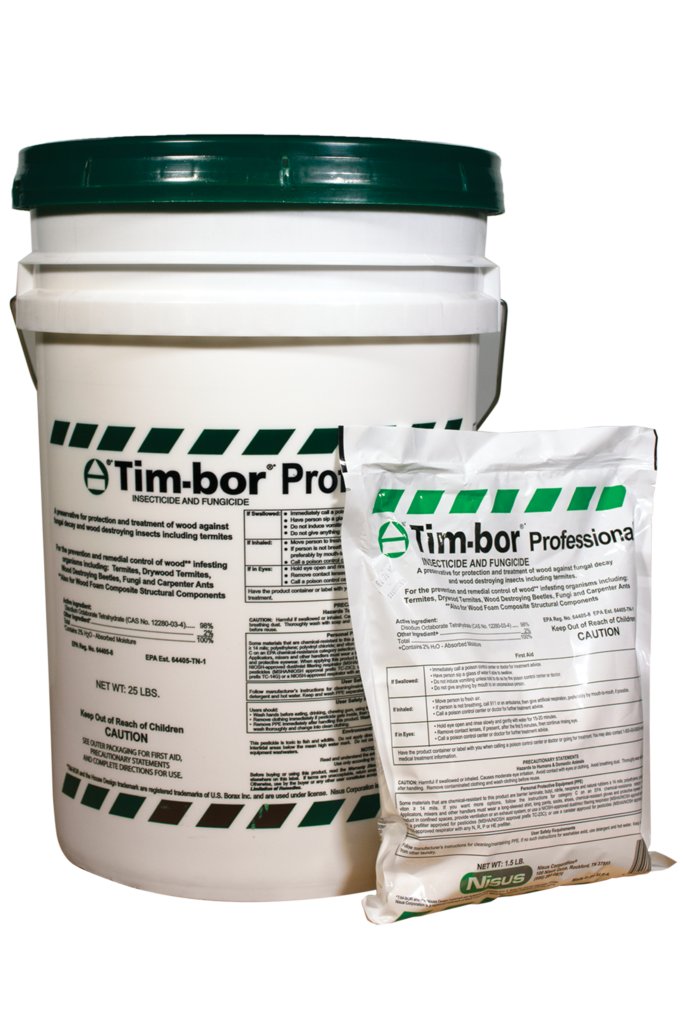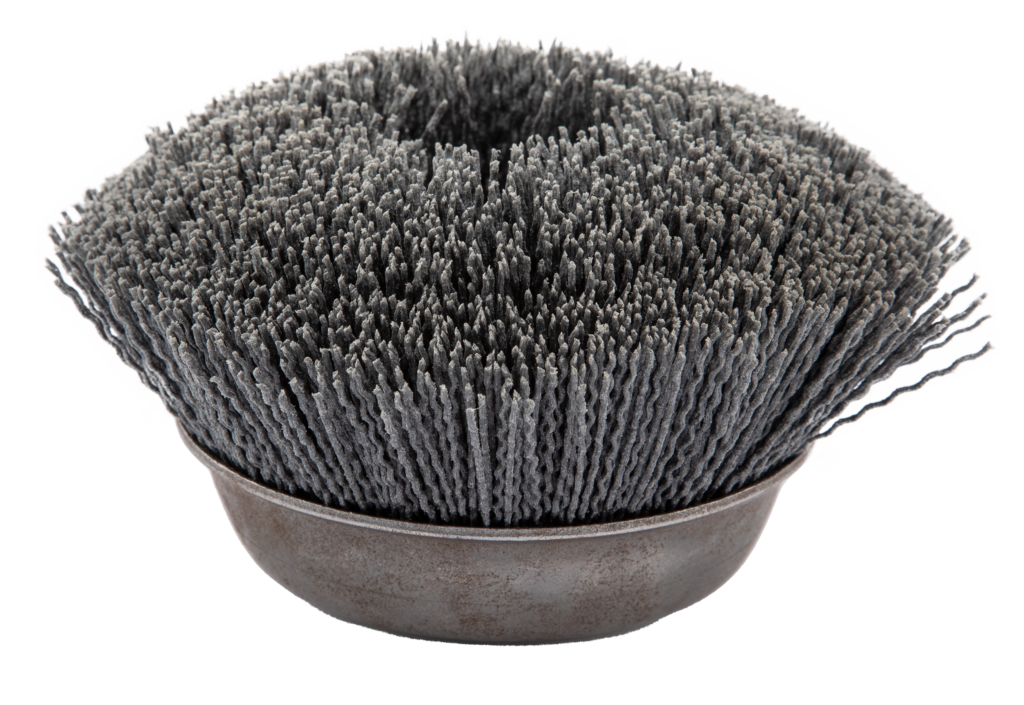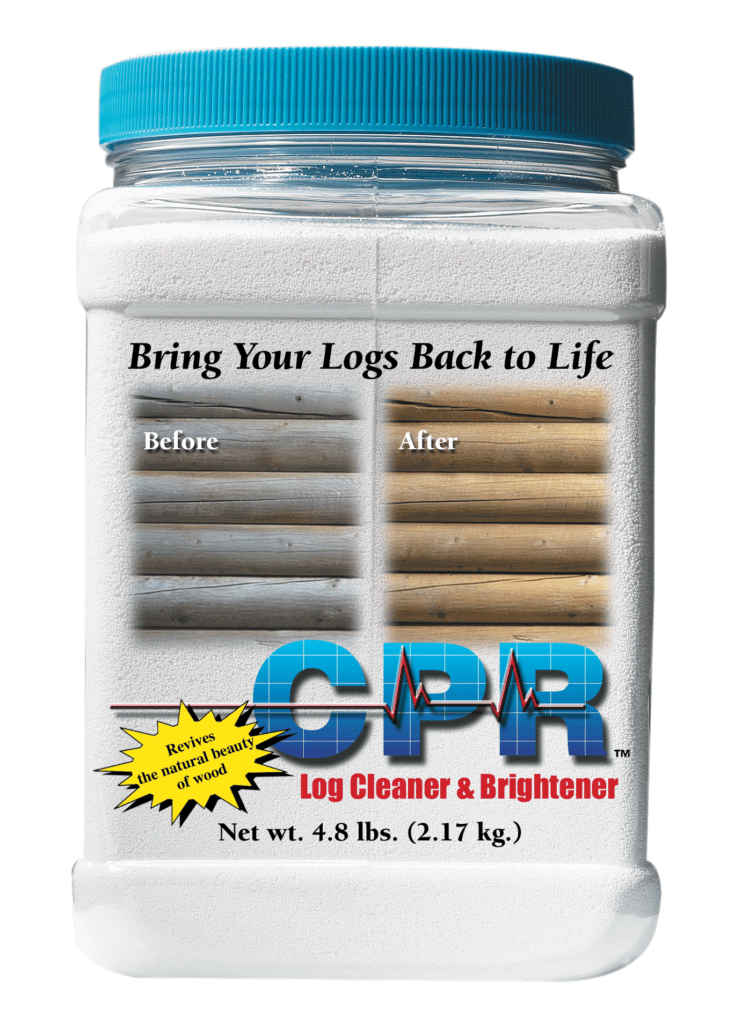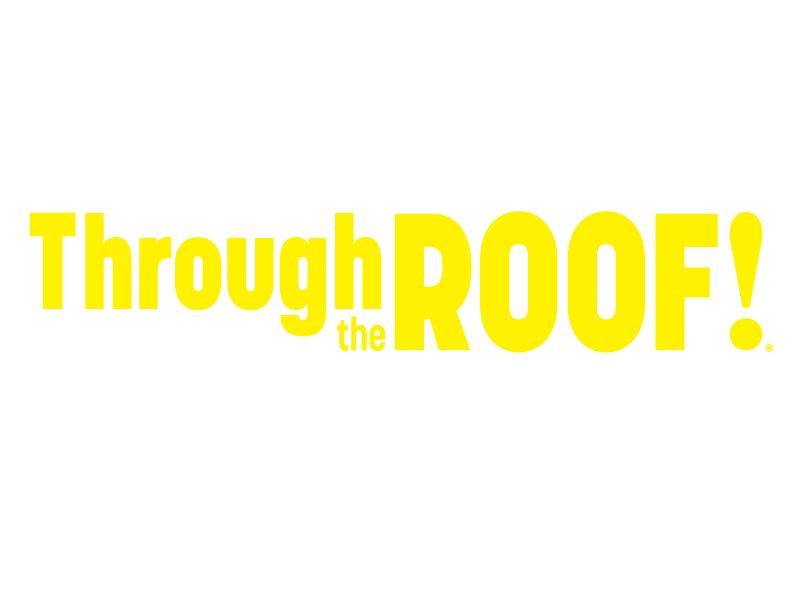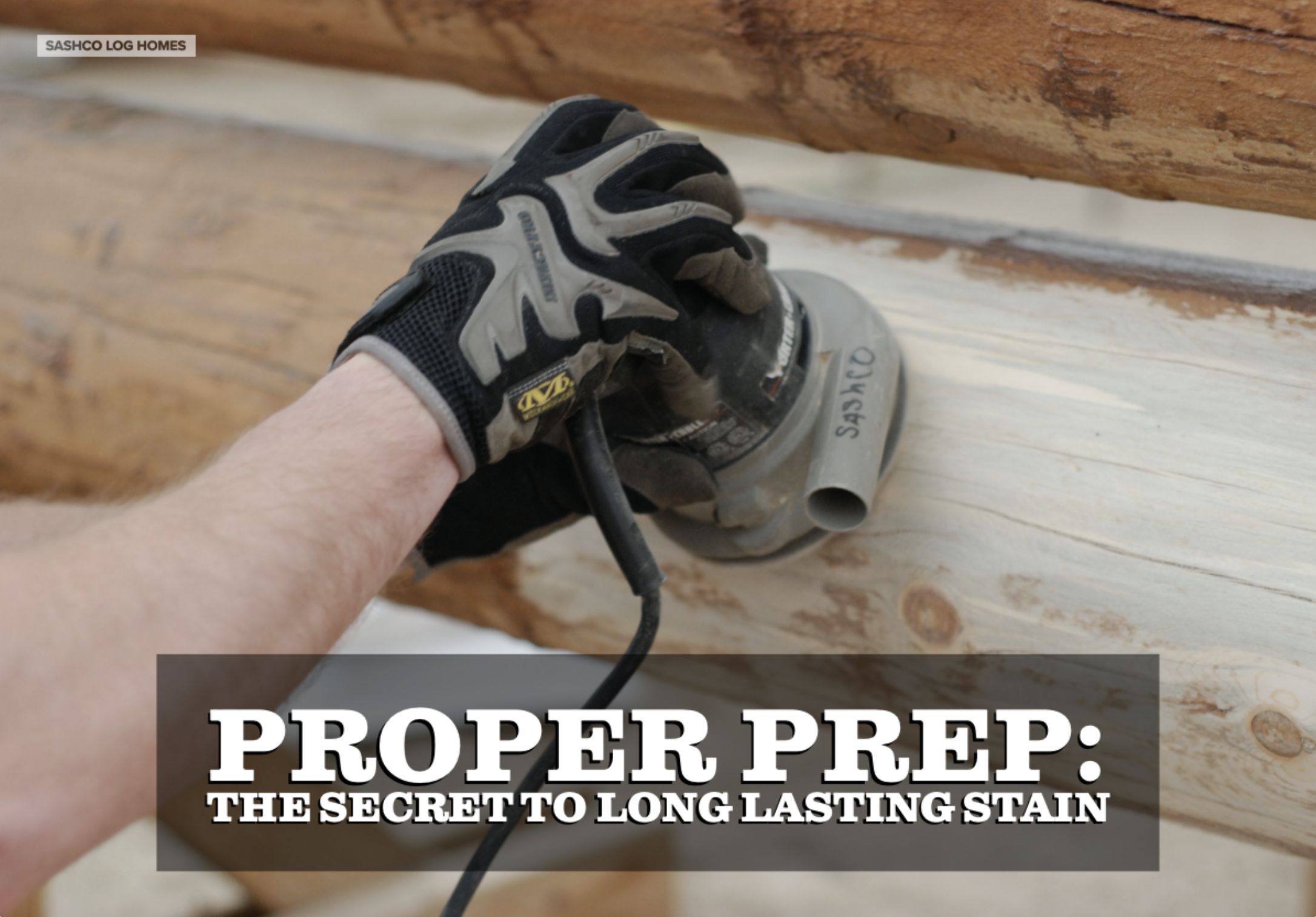
Insider Tip With the Trade-Secret for Long-Lasting Wood Stain.
Let’s talk about lasting wood stain. First, take a moment to think back to your childhood. What was one thing your mom told you over and over because it was THAT important? You know, the thing she belabored above all things to help keep you safe, make you successful, or train you well? Well, here’s Sashco being your log home finishing mom to belabor something you already know, but we figure is worth repeating over and over again: proper prep is the ultimate determiner of long-term performance of a stain. Without proper surface prep, even the best product in the world will fail. In fact, mastering surface prep is often the difference between you and your competition. If you do it better, your job will look better and withstand the test of time (and that means your business will too).
Don’t just take our word for it! Kurt Denman, a former Product Manager for Benjamin Moore, said, “I cannot emphasize enough how critical proper preparation is to realize a successful staining project. It’s the ultimate determinant on how long the lasting beauty of a job lasts.”
So, as a reminder, what are the five primary factors that contribute to a surface ready to be stained? And, if those five aren’t present, what can happen?
- Sound wood: This means free of any loose, unsound, degraded wood fibers. Fact: if those loose fibers are still on the surface with your stain, they’ll simply continue to loosen more over time and both those wood fibers and whatever you apply over top of them will fall right off. It will look like flaking, peeling stain, but it’s really flaking wood fibers. Ugh.
- Clean wood: This means free of any dirt, pollen, dust, bird poo, mold, etc. If you stain over top, you trap those items. This can lead to a variety of problems, including peeling or flaking stain, and even worse, rot. The only way to fix dirty wood underneath a stain is to take the stain off. Just don’t go there to begin with.
- Textured wood: Textured wood can hold up to 2 times more stain than a smooth surface. More texture = more longevity. Simple.
- Dry wood: This means wood that is below 19% moisture content level, or lower if you’re in a dry climate. Wet wood can lead to peeling stain, mold, mildew, and rot.
- Warm (not hot) wood: Surface temperature is the name of the game here. The surface should be between 40°F and 90°F. Any colder and you risk the stain freezing and severely slowing down the cure, which can lead to wash out or peeling. Any hotter and you risk the stain curing too quickly, leading to peeling stain and lap marks. Yuck.
If you’d like to learn how to take your surface prep knowledge and application to the LeBron James level of applicators, consider attending Sashco’s Zero Failures Training Seminar. Dates for the 2020 season are up now! At Zero Failures, we go through the science of the whys and hows of surface prep in-depth. And, surface prep is only scratching the surface (har-har, sorry we crack ourselves up) of what you’ll learn. Find out more about upcoming Zero Failures training here.
